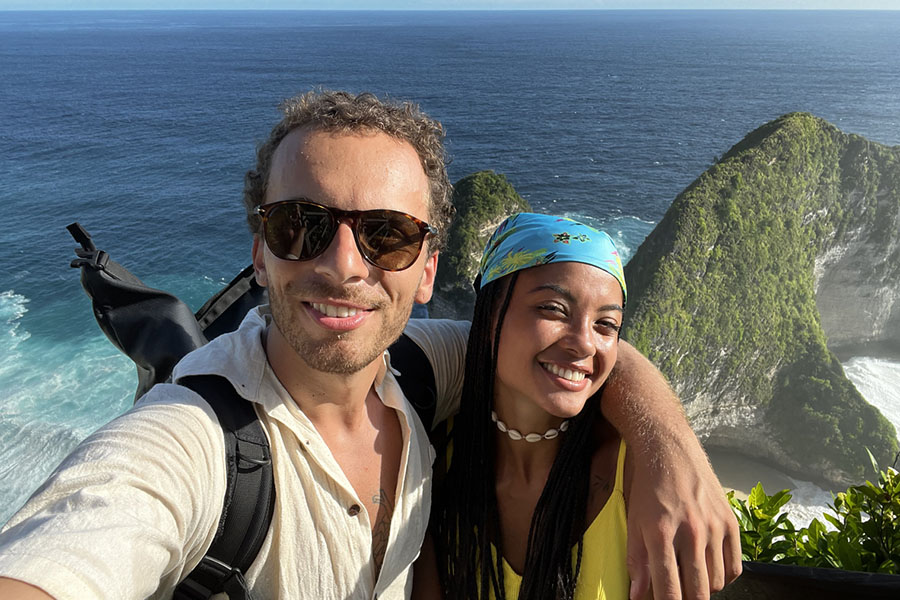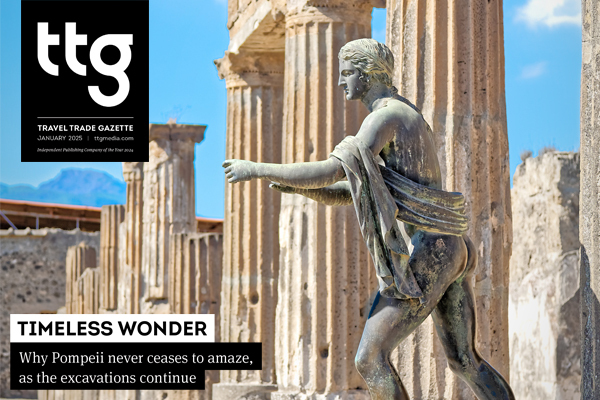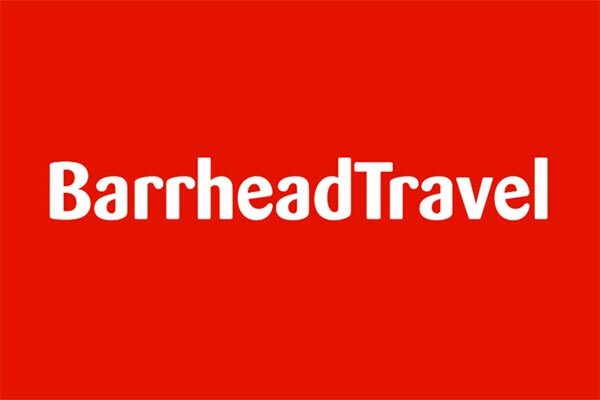How agents can exploit user-generated content to their advantage
 Andy Headington
Andy HeadingtonUGC is a compelling and powerful form of content creation that travel brands can subtly utilise to give their marketing strategy a boost, writes the chief executive of digital marketing agency Adido

There’s no getting around it – travel marketing can be tough, expensive and time-consuming in a heavily competitive space. Which is why you can gain an advantage by getting your customers to do it for you via user-generated content (UGC).
What is UGC?
UGC is original and authentic brand-specific content created by customers, who then publish it on social media or other channels. It comes in many forms; most typically images, videos, reviews and travel blogs.
Why is UGC important for travel brands?
Travel is a fiercely competitive sector where large, well-established brands tend to dominate the online space. One of the most effective ways smaller brands can make their presence felt is to harness the power of UGC. Whether it’s a hashtagged picture on Instagram or a lengthy travel blog, traveller content is a great way to authentically showcase your business to other potential customers, helping to establish trustworthiness and reach your target audience through relatable, first-hand accounts.
Another perk is its ability to inspire and influence travel plans. Travellers are able to see real (i.e. not AI generated) photos and videos of destinations and activities, which can help them decide what they want to see and do on their next trip.
How can agents optimise UGC?
To maximise your UGC, you should focus your efforts on making the customer’s input as easy as possible and, if you can offer an incentive for someone giving your brand the thumbs up, even better. A brilliant travel experience or receiving great service is obviously the main incentive – but let’s explore some additional ways you can encourage travellers to spread the word:
Reviews
Sounds too obvious, doesn’t it? But reviews are travel brands’ bread and butter. After all, would you stay or visit somewhere without checking what others have to say about it first? Reviews offer an unbiased, reliable, real-life perspective and tell other travellers what they can expect – including the good, the bad and everything in between.
To capitalise on this form of UGC, make sure it’s easy for customers to leave reviews, either on your website or via Google, Feefo or TripAdvisor. And importantly, always thank people for taking the time to leave a review – good or bad – as this shows you value their input and demonstrates you’re a brand that cares.
Hashtag for the win
How can one small symbol yield so much power? I’m old enough to remember when a # just sat on my keyboard not really doing much at all. Now businesses are building whole marketing campaigns around it. Not only can they make it easier to find relevant content on sites such as Instagram, but they’re also great for boosting reach and engagement. Running hashtag contests, offering incentives for hashtagged posts and prominently displaying branded hashtags across marketing channels can be an effective incentive for customers to use them.
Visual benefits
One of the most common and powerful forms of UGC is good old imagery. In the age of AI, your customers need to see something more authentic than crystal clear seas and white sands, which can be knocked up in 10 seconds flat using tools such as DALL·E and Midjourney. The more a travel brand can encourage travellers to share original, attractive photos, the more real and trustworthy your brand becomes. Videos are even better, offering immersive, first-hand glimpses into real travel experiences.
To encourage your travellers to create more on your behalf, a tried and tested way is to hold social media competitions and ensure any traveller photos used in advertising are credited back to the original poster. Travel brands that go with these routes can often find they have up to hundreds of images to use for their marketing, as well as benefiting from some free (albeit small) secondary exposure when your travellers’ pictures get used online.
Interaction rules
Creating interactive social campaigns that actively involve customers can be an effective way to stimulate UGC. Travel brands should consider online contests or challenges where participants are encouraged to vote, share or tag friends to increase engagement. Offering prizes or exclusive experiences as rewards can motivate customers to participate and contribute, while also generating buzz around the brand.
Final thoughts
When it comes to UGC, the impact on building trust, authenticity and connection with potential customers cannot be overstated. Not only is it an incredible form of marketing which can significantly enhance a brand’s appeal and broaden its reach, it’s also great for your E-E-A-T credentials (experience, expertise, authoritativeness and trustworthiness) too, something search engines love to see on their platforms. A win-win all round.
Sign up for weekday travel news and analysis straight to your inbox

Andy Headington
Supplier Directory
Find contacts for 260+ travel suppliers. Type name, company or destination.












